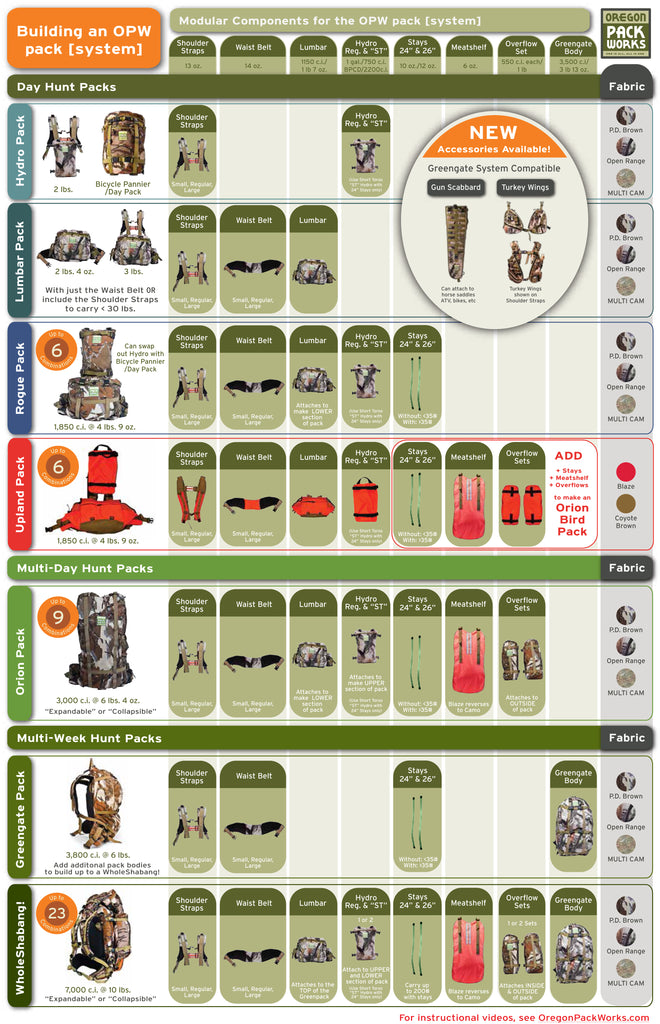Your Cart is Empty
Orders can take up to 3 weeks at times.
In Part One I gave just a couple of quick reasons why, and in this post we'll look closer at the process, and some additional benefits. In Part One, I showed a measuring tape, and the group is telling of the basics of reloading--that it is ultimately a journey that has many rewards.
In this part, the process is outlined a bit more for those curious as to why they may want to begin reloading. IF you are primarily a rifle shooter, and ALWAYS hunt with a rifle, that may be the first reason. Secondly, IF you spend a great deal of time at a range or shooting, and acquiring ammunition is expensive or difficult, then again this may be for you.
These target pictures serve to give an example of a work in progress and give an example of what is possible by reloading.
In this case the upper target is an example of a "good" group. The 2nd photo shows the fourth shot that has been adjusted toward the bulls eye. This is how you make small incremental shifts in your scope to facilitate ultimate accuracy--not to be discussed here.
The before and after pictures of targets are always telling, but this before and after can tell whether or not your gun is capable of good groups; Secondly, whether YOU can actually shoot! And, thirdly, whether your reloading is working! So, now you KNOW that you are on the right path. Some guns just won't shoot, and you will know quite early on if you have troubles getting decent groups. A friend just had a rifle that wouldn't group--that happens occasionally. Another friend actually bought a supreme shooting rifle from a pawn shop--you just won't know until you start shooting it.
For example, the sight in range is 200 yds. Your ballistics show you what the best sight-in range may be range for your caliber. I find with smaller calibers (.17-.22) a target such as the Birchwood-Casey "Shoot and See" target is ultimately needed to see the smaller bullet holes--especially the new .17 calibers up to 22 caliber. With the larger calibers most any other target is capable of presenting a bullet hole that one can see until about 400 yds. using a spotting scope of up to 60 Power.
A good spotting scope is also important to acquire or borrow. You may want to chronograph during this process as I did for my .300 Winchester Magnum--finding that my reloads were very consistent in Feet Per Second.
Interesting note: I have yet to have a load that I have used a chronograph for that actually matches ANY published reloading data--it is what it is, and just shows that this can be an important step in knowing your load's ballistic fingerprint.
As you begin, having a Mentor--one that has reloaded successfully for years--is probably the safest way to proceed.

This picture we'll call the "Migration..." If you compare where we've "been", the movement of the impacts toward the bulls eye is obvious and expected.
As we work our way to a given "zero", whether it be a bulls eye, or 3" high at 100', we must move cross hairs to the point of impact desired.
The above picture then shows the "migration" of impacts closer to the bulls eye, but there is a "flyer"--whether it is a "jerk, or other cause, occasionally we get a random impact that doesn't make sense. The hole in the 7-Ring is such an impact.
Write it off!
These things happen. What's important is that the gun shoots--the load is performing, and were making progress.
Now, we have to dial the last three to five rounds in tight clusters or we may began to do something about our groups falling apart.
So, see Part Three, for the final impacts and more tips to zeroing your gun with your own reload.
Comments will be approved before showing up.


A. Chest
B. Sleeve
C. Waist
D. Inseam